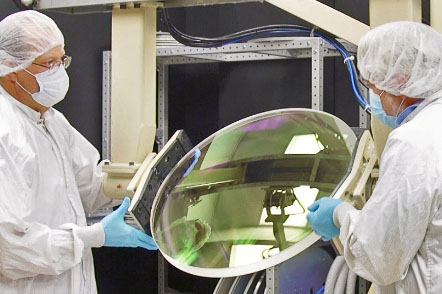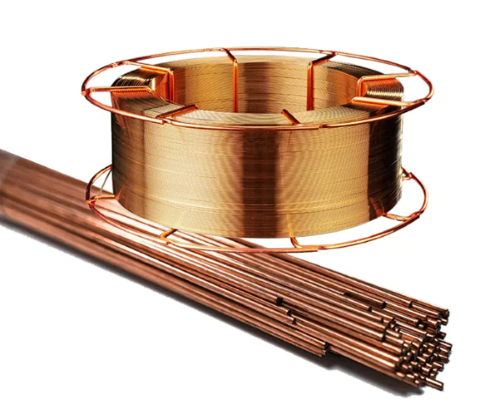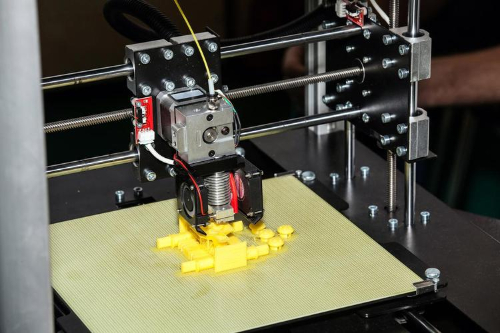How Graphene Paint is used to Save Buildings
Graphene has many applications in industrial functions and research is still on going on its uses. Graphene can be now used to make paint that will give a new lease of life to dilapidating buildings. A renowned Architect, Santiago Calatrava, is having a bad year. Many clients have sued him, even from within his hometown, where he constructed an opera house three years ago, but it is already in shambles. Calatrava can however smile as a new company specializing in graphene paint wants to the save the building.
An Alicante-based manufacturer that specializes in graphene products has presented a proposal to the administrators of Valencia City suggesting some of its products could save the fast deteriorating buildings in the City of Arts and Sciences. This center has been in operation for just eight years. It is hard to believe that this opera house was sold for a price tag of $455 million. The detail of house is badly done with a curving facade that have masses of white tiles peeling off that are also falling away when there are high winds. As soon as the dilapidation set in, the building has been closed and all the tiles have stripped away.
Today, the building stands as skeleton-like structure with ribs exposed, as you would expect, Valencia is suing for damages from Calatrava. However, according to El Mundo, in the future, repairs are expected to cost less if the emergence of new facade that can be used to coat super-strong paint made from graphene is anything to go by. This paint is known as Graphenstone. It is obtained by mixing graphene with limestone powder, where graphene acts as the sustaining mesh at the molecular level. The strong mesh will enable the tiles of the buildings to withstand adverse weather conditions such as extreme hot or cold temperatures in addition to holding the tiles together. The paint has been allowed into the market and is already retailing and being used for old buildings in Spain.
The idea was borne out three alternative solutions proposed by Calatrava's firm end of January. One of the ideas was just to replace the tiles or smooth over the exposed fascia with putty. All these ideas sounded unrealistic and too expensive to sustain, as they would involve at least $4 million. It is a bad situation for everyone as it is. However, the fact that a new technology is promising to solve the problem seems to be almost a miracle.



